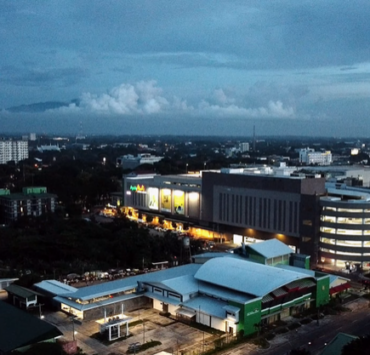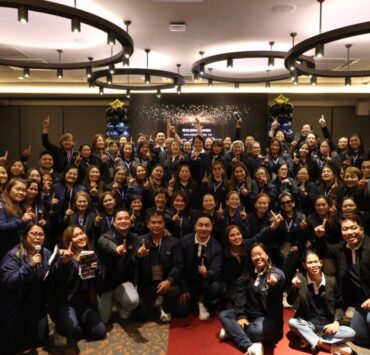The changing spaces of gift giving
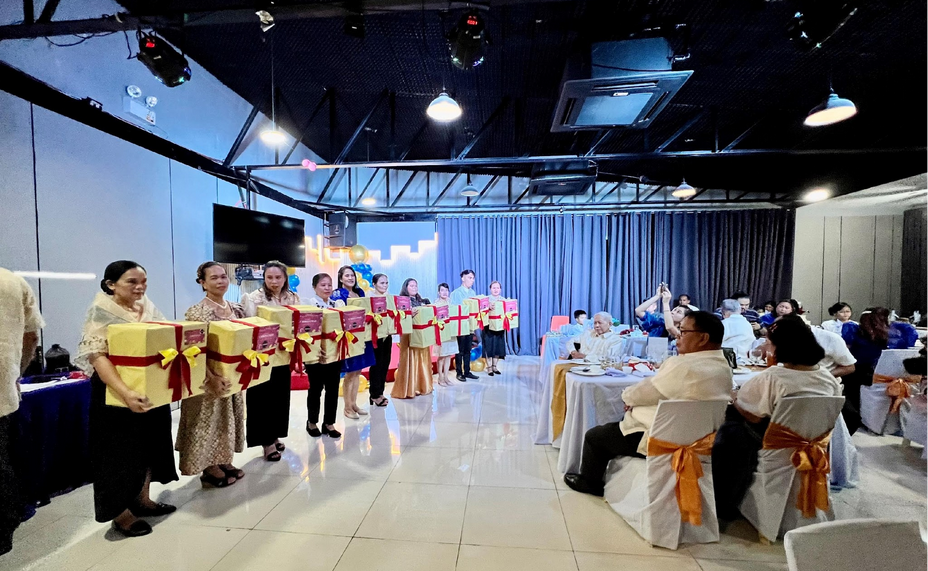
City spaces are physical translations of layered relational systems influenced by culture and geography.
Changing human relations, interfacing with the material layers of urban spaces, are gleaned through evolving gift giving traditions and their consequent spaces. These spaces take center stage during the holiday season and other special occasions.
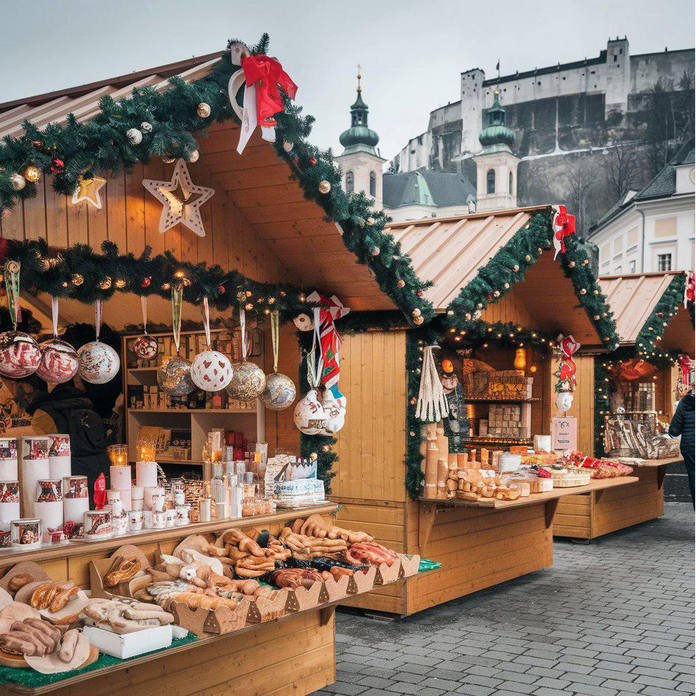
Urban and urbane dimensions of gift-giving
The tradition of giving and receiving has long been part of our urbane existence, which is governed by social norms and the innate desire to belong.
Motivations range from expressions of generosity to conformity to standards of good manners and behavior. Relational systems based on social hierarchies, such as the employer and employee relationships, and demographic categories, such as seniors and youth, influence gift giving behaviors.
The economic exchanges underlain by the principles of supply and demand translate to a variety of building and development typologies. The spaces making up the city are configured to accommodate the daily and seasonal patterns of giving and receiving.
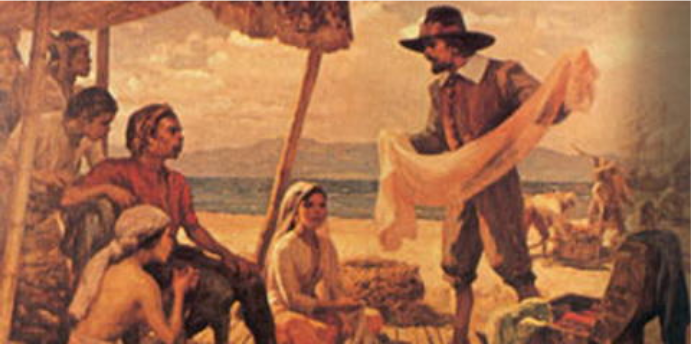
Cultural underpinnings
Gift giving in the Philippines may be traced back to pre-Hispanic times when the concept of tributes defined cross-border trading practices.
The giving of tributes as part of the ceremonial rites preludes the exchange of goods between the local leaders and the foreign traders.
Land immediately located to where the ships docked accommodated these gift-giving ceremonies (Artes de Las Filipinas, 2024, Barrows, 2011). The old-time pasalubong and padala traditions remain strong to this day when Filipinos are a lot more mobile and engage in work or leisure-related travel (Caballar, 2022).
The practice of dulot in Batangas culture expects a soon-to-be wed couple to give gifts to their would-be godparents or ninongs and ninangs. There are protocols observed based on what specific cultures consider as either appropriate or offensive gifts. Different countries have varying levels of repayment and sense of indebtedness cultures.
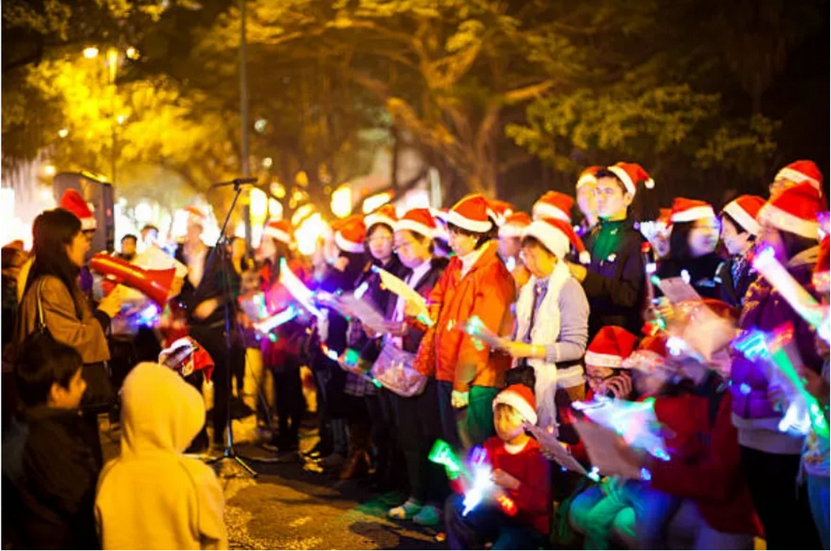
Gift giving in contemporary times
Gift giving continues to create spaces that accommodate new forms of and motivations for exchange.
Notwithstanding the changes in expression, all these are underlain by the same elements of packaging and surprise. With the goal of pleasing the receiver and providing something special, the competition among suppliers has been very intense in recent times.
Physical and online stores are loaded with gift and delivery options. Gift types typically include physical items that are boxed and nicely wrapped. Personalized or customized items have been sought for individual or corporate gift giving. Other gift types include experiences such as getting serenaded by Christmas carolers.
There are also gifts in the form of hotel staycations or travel packages.
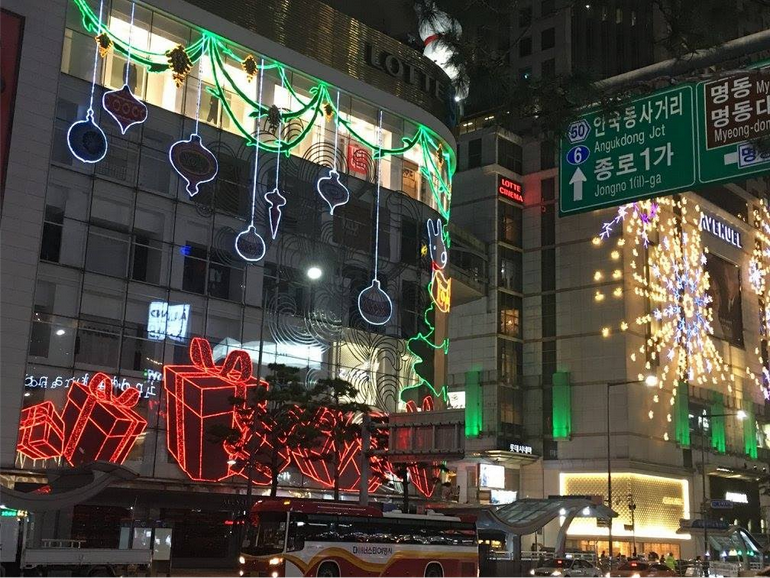
Gift giving spaces
Gift sources range from home-based crafts and boutique shops to department stores and shopping malls.
Online sources would operate with production spaces, storage facilities and communication hubs as basic requirements. Flea markets and bazaars are seen inside buildings or in parks, parking spaces and vacant lots.
Christmas markets are much awaited in many cities all over the world. The actual exchanging of gifts happens in spaces of different scales—from the living rooms to restaurants, coffee shops and events places that host parties.
There are social gatherings that are hosted in streets that are temporarily closed off to vehicles. There are also communities that host organizations that distribute gift packs to children and adults alike. The online counterpart results in cyberspace, information superhighways, and delivery applications that enable sending of gifts in virtual mode.
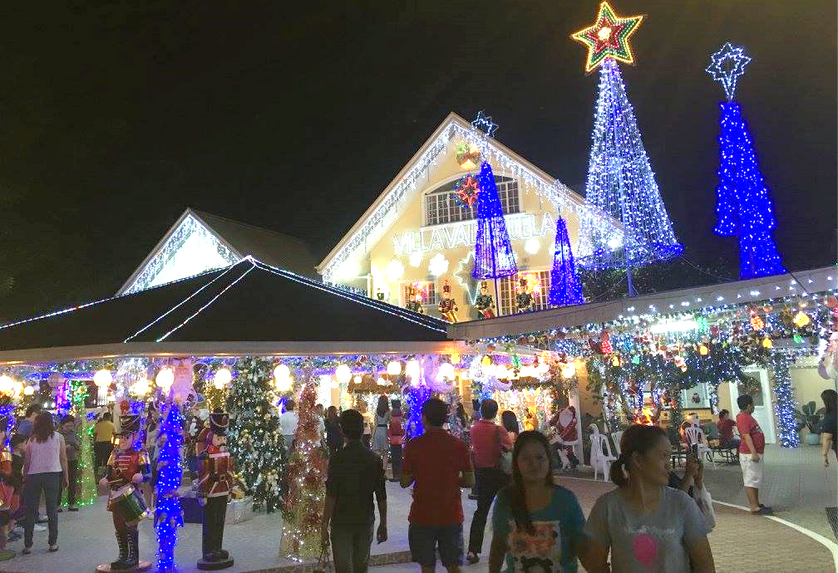
Spatial requirements
With the higher concentration of people during the season of gift giving, it is essential that extra measures be taken to ensure the safety of everyone partaking in the traditions of celebration and sharing.
Security systems, health stations and waste management systems are among the basic requirements for maximum enjoyment of the seasonal events that bring people together. Traffic management that requires rerouting vehicles, in some cases, provision of public toilets, street lighting would make for more memorable holiday experiences.
The extra effort, mainly on the part of the local governments, would pay off in terms of social and economic vibrance that enhance place values. Expressions of generosity improve community bonds that are key to creating neighborhoods with strong relational networks.
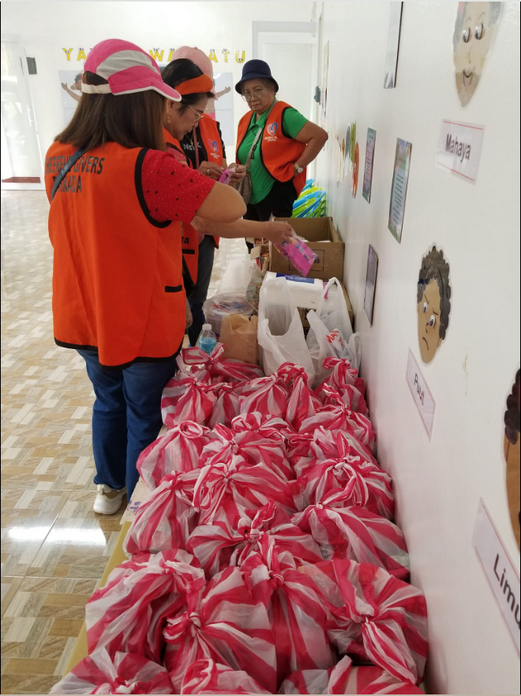
References:
Artes de Las Filipinas (2024). The Filipino people before the arrival of the Spaniards retrieved from https://artesdelasfilipinas.com/archives/197/the-filipino-people-before-the-arrival-of-the-spaniards; Caballar, R.D. (2022). What the Philippines can teach us about giving. https://www.bbc.com/travel/article/20170706-what-the-philippines-can-teach-us-about-giving; Barrows, D.P. (2011). A History of the Philippines. https://www.gutenberg.org/files/38269/38269-h/38269-h.htm
The author is an architect, urban planner and professor at the University of the Philippines Diliman College of Architecture














